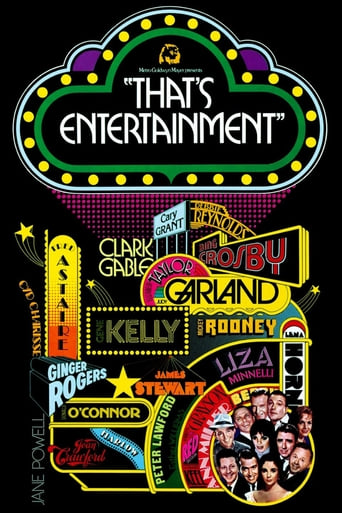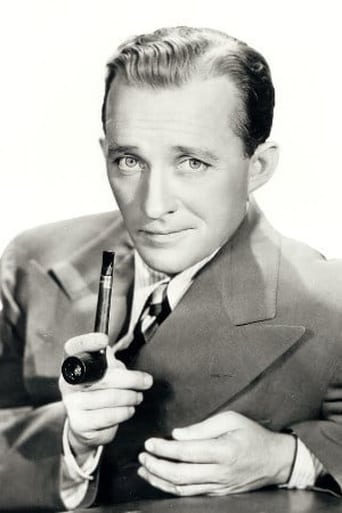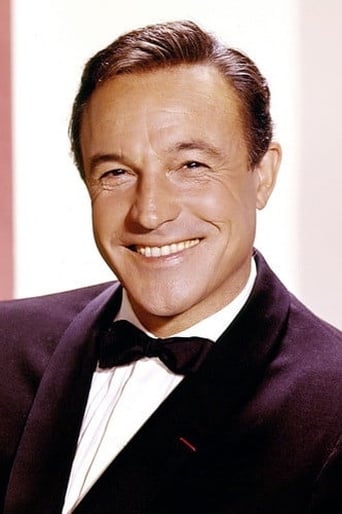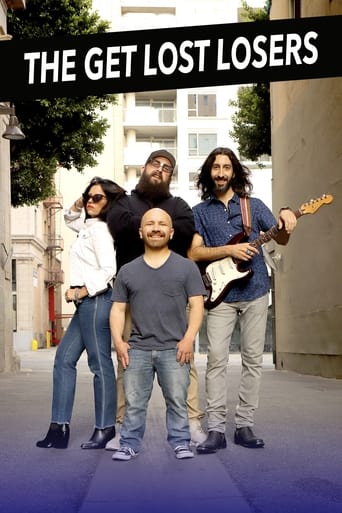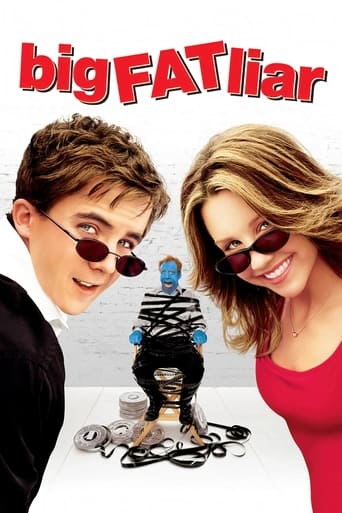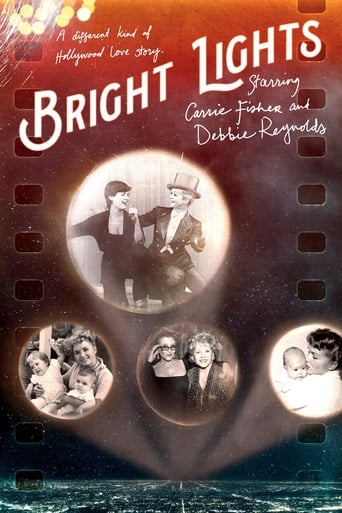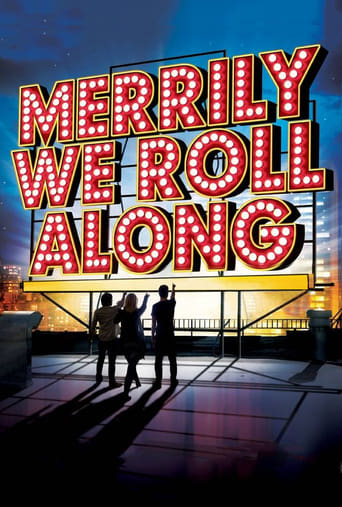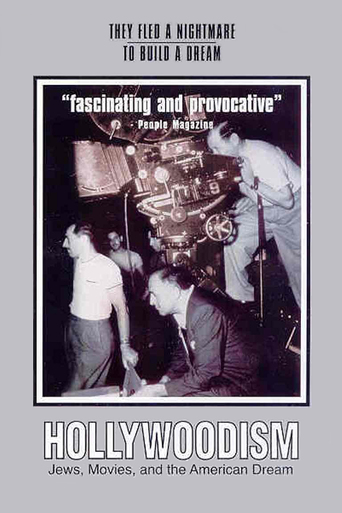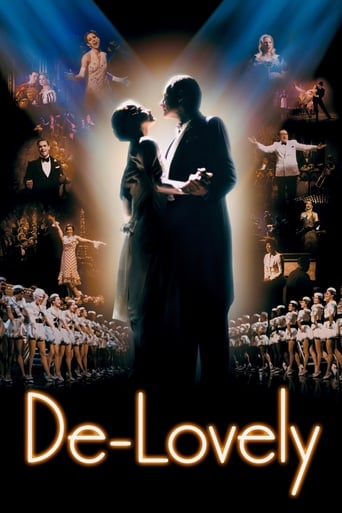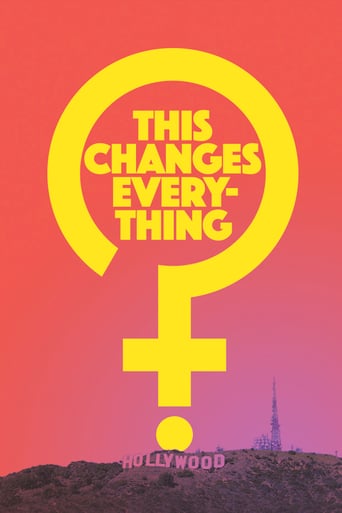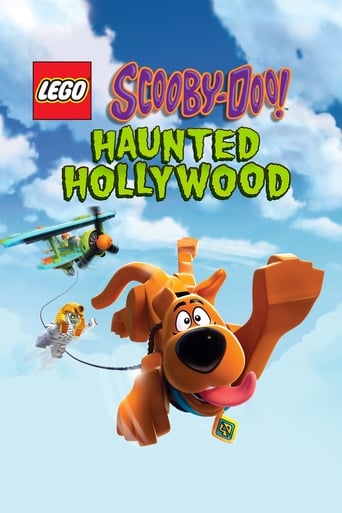That's Entertainment! (1974)
Various MGM stars from yesterday present their favorite musical moments from the studio's 50 year history.
Watch Trailer
Free Trial Channels
Cast


Similar titles
Reviews
Truly Dreadful Film
That was an excellent one.
terrible... so disappointed.
everything you have heard about this movie is true.
Unless you absolutely hate musicals, there's no reason to think that you would not enjoy "That's Entertainment!". That's because as a celebration of the MGM musical, it contains a bazillion clips from their greatest films in the genre. If you don't like one, you are bound to love the next. And, with so many great films, there is so much to like.The clips are not just thrown together in a random manner but are arranged in blocks. Each block is narrated by an MGM icon from their golden age--such as Frank Sinatra, Fred Astaire, Debbie Reynolds and Gene Kelly. Each is shown walking the VERY sad MGM backlot while discussing the films. I say sad because the sets were in dilapidated condition and were bulldozed right after this film was completed--a pathetic ending to some wonderful movie moments and locales.By the way, it sure would have been nice if each clip had been identified--perhaps with a small title in the corner in the beginning. As a huge fan buff, I really tried to identify all the clips but couldn't.
A rousing tribute by use of a compilation of great movies made by this fabulous studio over a 50 year period.With a myriad of narrators, the film succeeds since at it said, "Boy, do we need this now." No, it wasn't the depression, but it was Watergate in full view as this great film was shown to audiences.The film gives us an opportunity to enjoy the many talents that MGM gave us. It is just too numerous to mention.Of course, I beg to differ with Frank Sinatra. The best of the MGM musicals was not the Oscar winning "An American In Paris," in 1951, as stated. Sinatra and others called that famous scene a ballet scene. That was part of the problem with this film. While everyone danced around Paris, there was absolutely no plot. Please remember that when the film won the best picture Oscar, there was a wave of protests. The academy received a record number of protests. 7 years later, "Gigi" would win the best picture of the year award. There were no protests then because the picture deserved to win.That being said, the film succeeds as it allowed us to delve into the world of the musical, which helped us to get through the depression and a World War.The ending credits here were memorable as MGM paid tribute to all those- the writers, directors, song writers, and the stars themselves who gave us such musical delights.
In a departure from my normal practice, I will not be awarding "That's Entertainment!"a mark out of ten. There seems little point in rating a film when ninety percent of it consists of clips taken from other films. This film is not a straightforward documentary history of the Hollywood musical. It was made by MGM as a celebration of MGM musicals, and studiously ignores anything made by that studio's rivals. Clips of song-and-dance numbers from some of those musicals are introduced by a number of the stars who appeared in them, such as Debbie Reynolds, Frank Sinatra and Mickey Rooney.This compilation was probably made because of the way the cinema was changing in the mid-seventies. Although the early part of the decade had seen two particularly fine examples in "Fiddler on the Roof" and "Cabaret", by 1974 the traditional cinema musical was on the decline. There was also a move away from shooting on sets towards shooting on location. Some of the introductory scenes are shot where the musicals themselves were filmed, on MGM's famous backlot which, by 1974, was starting to look very shabby and dilapidated. (It was to be demolished for redevelopment shortly afterwards).The first part of the film was not particularly interesting, largely because so many of the featured clips were taken from films which are now forgotten and even thirty-five years ago were probably little-known. I also wondered why so much attention was given to Esther Williams, who certainly looked good in a swimsuit but was a very limited actress and whose choreographed water-ballets must have looked hopelessly cheesy by the seventies. One thing that I did learn, however, is that the musical genre was so popular in the thirties and forties that many actors, who today would not be thought of as musical stars, were press-ganged into service, regardless of vocal talent (or the lack thereof). We therefore see clips of the likes of James Stewart, Elizabeth Taylor, Joan Crawford and Clark Gable performing in some very obscure old films. (Stewart and Taylor also serve as presenters). Of these, it is Gable who acquits himself with the greatest honour, but his musical career never took off, apparently because his fans felt that all that singing and dancing was a bit sissy and out of keeping with his he-man image.Things liven up in the second half of the film, because it now starts to concentrate on the really famous musicals for which MGM is still remembered today. The smug, self-congratulatory tone is still present, but the studio can be forgiven a little self-congratulation when it is talking about films as good as "Show Boat", "Seven Brides for "Seven Brothers", "An American in Paris" and "Singin' in the Rain". These last two, of course, both starred Gene Kelly, who also acts as a presenter. Kelly and Fred Astaire, with their very different styles of dancing, were often perceived as rivals, so it was a good idea to have Kelly present a tribute to Astaire and Astaire present one to Kelly. The most moving moment comes when Liza Minnelli presents a tribute to her mother, Judy Garland, who had died a few years earlier."That's Entertainment!" was obviously popular, because it was followed two years later by "That's Entertainment II"". (There were to be two more similar compilations, "That's Dancing!" in the eighties and "That's Entertainment III" in the nineties). The appeal of films like this at the time was probably their nostalgia value for the older generation who could remember the original musicals. Today they seem more like a curiosity, albeit an entertaining one.
This movie will thrill fans of the MGM musicals and can serve as a great introduction to musicals for those who have not yet discovered them.As noted in IMDb's "goofs" section, there are some biggies in this film. Most notable was Liza Minneli claiming that Jean Harlow was part of some failed deal to get Shirley Temple to do The Wizard of Oz. I cannot believe this wasn't caught in editing or fact checking. The Wizard of Oz was made in 1939. Harlow died in 1937.My other fault with this film is that I wish they had acknowledged that many of the dances were edited. For example: they only showed 5 minutes of the 18 minute An American In Paris ballet and it was a hack job of editing. They also seriously slashed the finale of the The Broadway Ballet from Singin' In The Rain and they didn't even show the most famous part of that dance (Cyd Charisse slinking all over Gene Kelly in that gorgeous green dress).But, I digress.This movie is a fantastic way to spend 2+ hours. Besides the dance highlights, there are the oddball dances. The oddest of all was Clark Gable hoofing and singing to Puttin' On The Ritz. There was also a 1929 Joan Crawford singing and dancing. I love seeing things that are so unexpected! My favorite non-dancing moment in the film occurred during the Debbie Reynolds segment. She talked about the famous 25th anniversary MGM lunch where all of the stars were present. I loved how the camera panned the the table to reveal Crawford, Gable, Astaire, Kelly, Hepburn, Sinatra, Barrymore, Tracy, etc. etc.My favorite dancing moment in the show is the Astaire/Kelly dance from Ziegfeld Follies. Again, this dance is horribly edited, but seeing those two dance together is pure magic. Since they did not dance together again until the sequel to this movie in 1976, seeing them together is a special treat.

